Spring is an important time of year for birds to get cracking laying eggs and raising chicks. But first things first they need to build their nests.
Each species of bird brings its own style to its nest making. Here, we look at the different types of nests you might spot this spring and how you can help birds that are nesting near you.
Why do birds nest?
Birds don't live in nests, they build them to have a safe place to lay and incubate their eggs and to raise their chicks.
What are birds' nests made from?
Birds use a range of materials to build their nests, including sticks, lichen, spider silk, bark and mud.
Different birds make different nests. Some nests are as simple as a scrape on the ground, others are carefully engineered structures.
A common type of nest you might see is called a cup nest, as it's the style made by many garden birds, including robins and blackbirds.
Four common UK nests
Robins aren't that fussy when it comes to choosing a nesting spot
Robins build their nests in places that offer the bare minimum in terms of shelter. The locations they choose can range from roof crevices, tree hollows and nest boxes to watering cans, flowerpots and bicycle handlebars.
They often make their nests from grass, leaves, moss, hair and feathers.
Woodpigeons build simple nests
The male woodpigeon brings nesting materials to the female who then builds the nest. She lays sticks over each other in an untidy platform-like nest and then lays two eggs, which her and her partner both incubate.
House martins make their nests from mud
House martins migrate to the UK between April and May from North Africa. Little is known about where they go in winter.
These active birds build their nests nestled below overhanging rock on cliffs or in caves as well as under bridges and in the eves of houses, attaching their nests to both the roof and the wall.
House martins use mud to build their nests, which they collect from nearby ponds, streams and puddles. Both males and females collect the mud in their beaks where they turn it into a soft pellet.
A female blue tit builds a nest by herself
A blue tit will build its nest from moss, wool, hair and feathers either in a tree hollow or stump or in a nesting box. After building the nest, the female will lay her eggs and incubate these while the male feeds her. She might lay as many as 14 eggs, but seven to eight is more normal.
How to help nesting birds
It's very important to not disturb birds that are nesting and to stay well away from their nests. You can also help your local birds in spring by leaving out the materials they need to build nests, such as sticks or dry grass. Other natural materials, such as cotton fluff or feathers, might also be useful in nest construction.
Keep an eye on trees, hedges and shrubs to check if there are birds nesting there. Avoid cutting hedges in nest building time and wait until the chicks have fledged before pruning or trimming.
If you have a cat or a dog, be careful about letting them out when there are chicks fledging nearby.
Think about installing nesting boxes for swifts or garden birds, if you have the space.
How long does it take to make a nest?
The time it takes for a bird to build its nest depends not only on the type of bird but also on its environment.
When using a nest from a previous breeding season, birds will generally remove some, or all, of any remaining old nest material and start afresh. We think this might be to clear away any parasites that might remain in the old nest.
A study of starlings showed that all nesting pairs removed the top layer of an old nest, but many pairs left the bottom layers and built from there, possibly to save time.
There's some flexibility between what a bird has learnt to do and what they can innovate when building a nest. Birds will also remodel and change their nest-making style depending on what's going on around them, such as how many parasites there might be.
Rubbish and debris in nests
As our towns grow, we're coming into close contact with birds and as a result it's becoming more common to find human-made materials in birds' nests. It's more likely that debris, such as plastics, will be found in the nests of land birds than in those of marine species.
Senior Curator of Birds at the Museum, Douglas Russell says, 'Human-made materials such as foil, plastic strings and pieces of clothing, are all found in birds' nests.'
Birds use these human-made materials in their nests for different reasons:
- In towns and cities, debris is sometimes used because there's not enough natural nesting material available.
- Materials such as plastic string are used to strengthen the nest structure.
- Colourful plastics are used to decorate the nest to help attract a mate or to mark out territory.
- Some human-made materials can be used to repel ectoparasites.
The bird nest collection at the Museum is vital for research
We have around 5,000 bird nests in the Museum collection. These fascinating objects provide us with insights into how birds have changed over time.
Douglas, who looks after this collection, says, 'The materials used, methods of construction, structural changes due to wear and tear, accumulations of organic debris from parents and chicks, and/or presence of ecto-parasites all combine to make nests in museum collections unique, enduring, intimate records of bird behaviour.'
These nests are vital to improve our understanding of nest variation and breeding behaviour, which Douglas says is surprisingly poor.
Everything these nests can tells us is useful, so our scientists are busy preserving and studying our nests so they can better understand of our feathered friends.
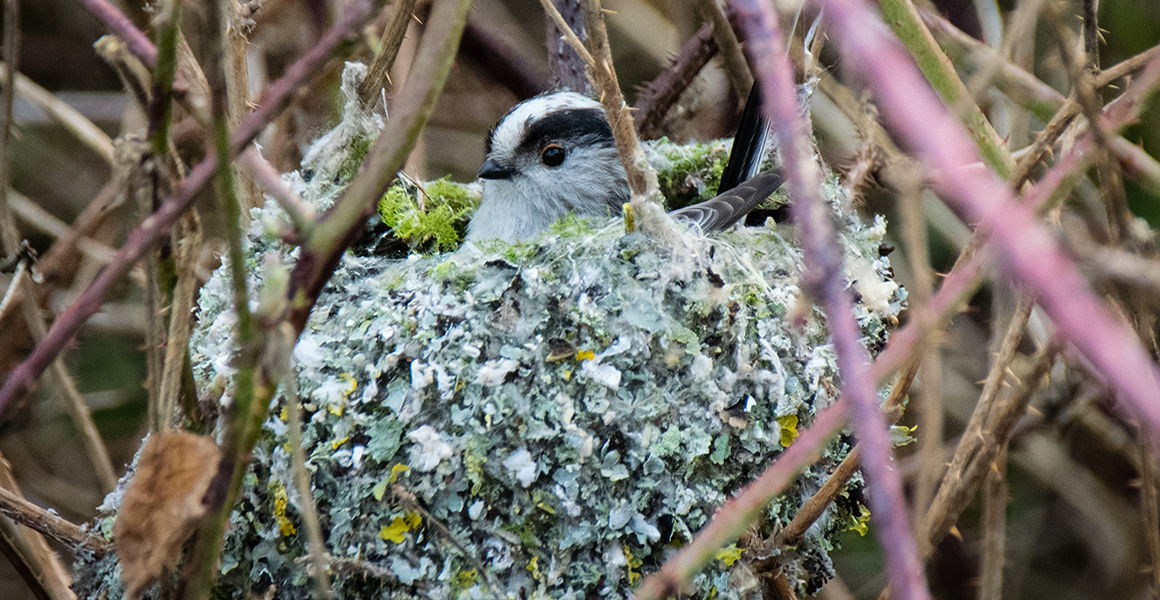
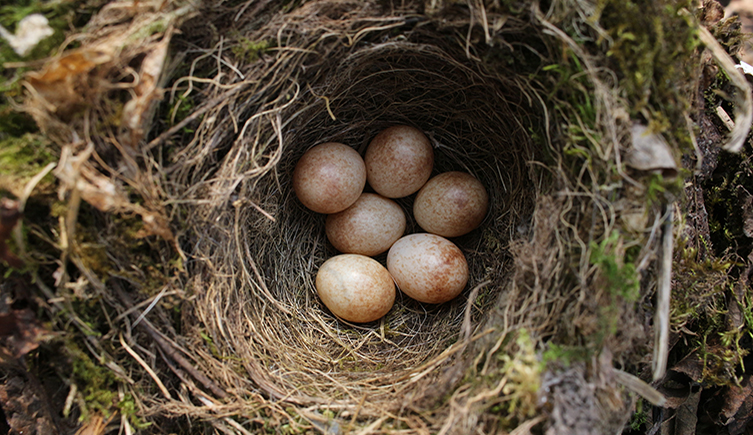

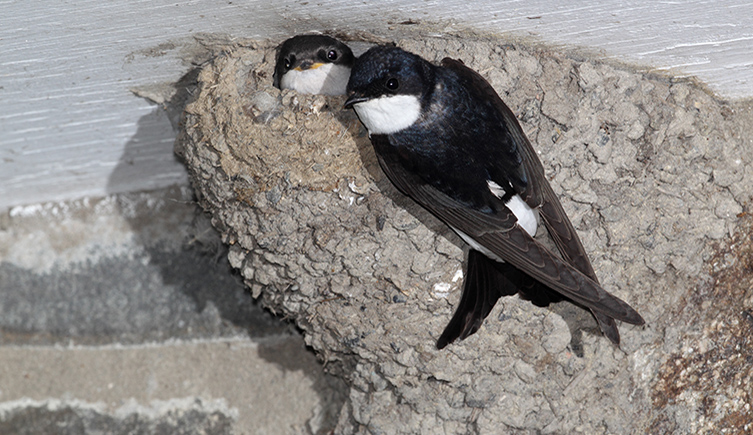











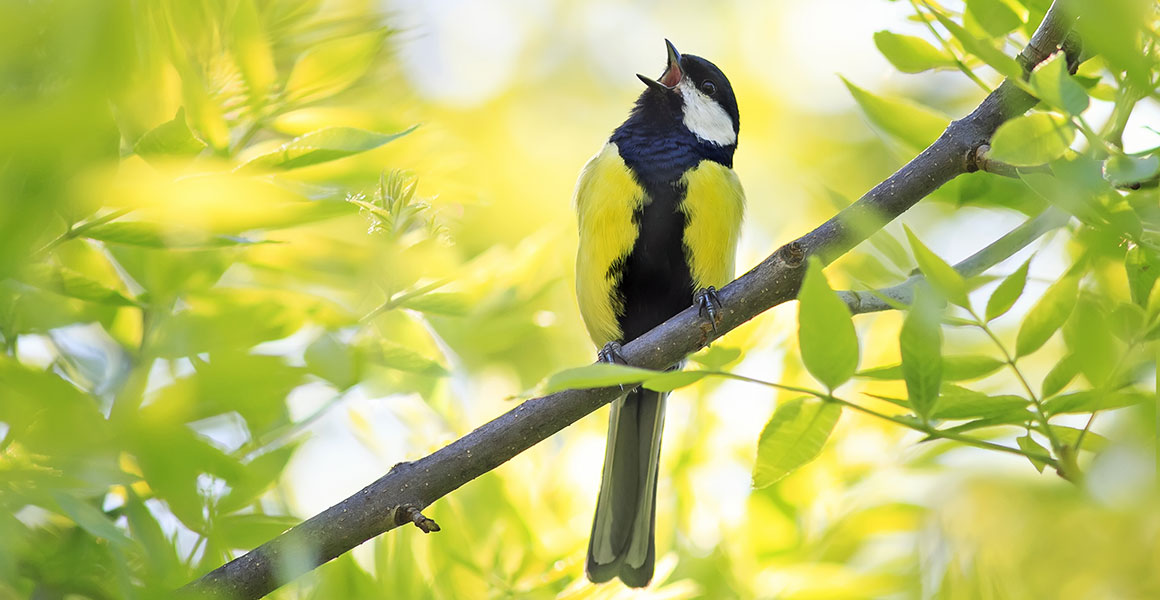
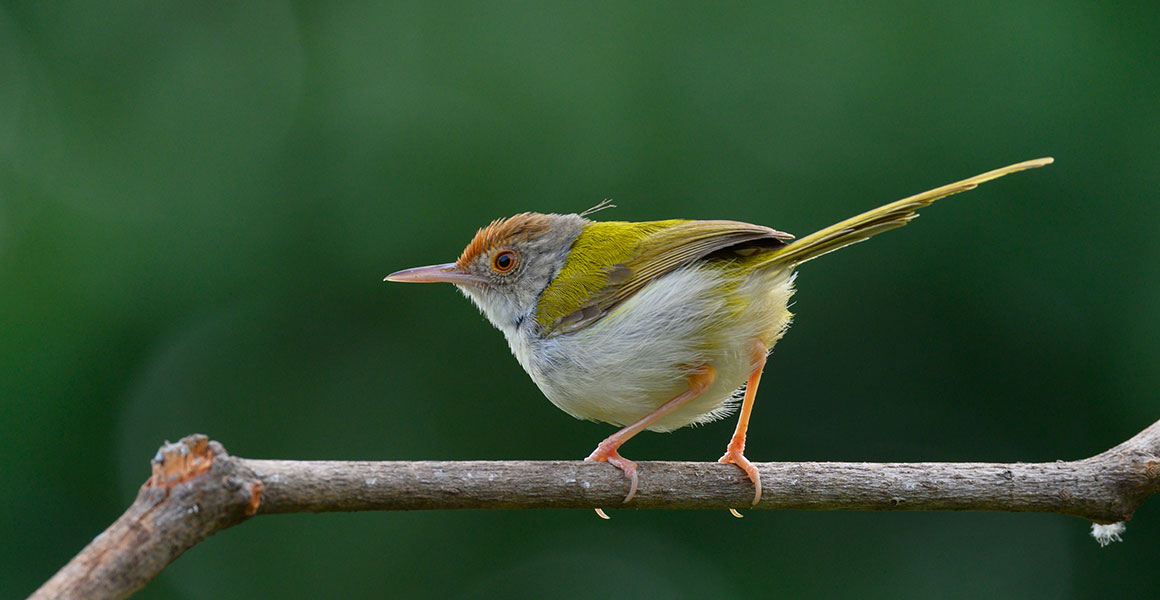
Don't miss a thing
Receive email updates about our news, science, exhibitions, events, products, services and fundraising activities. We may occasionally include third-party content from our corporate partners and other museums. We will not share your personal details with these third parties. You must be over the age of 13. Privacy notice.
Follow us on social media